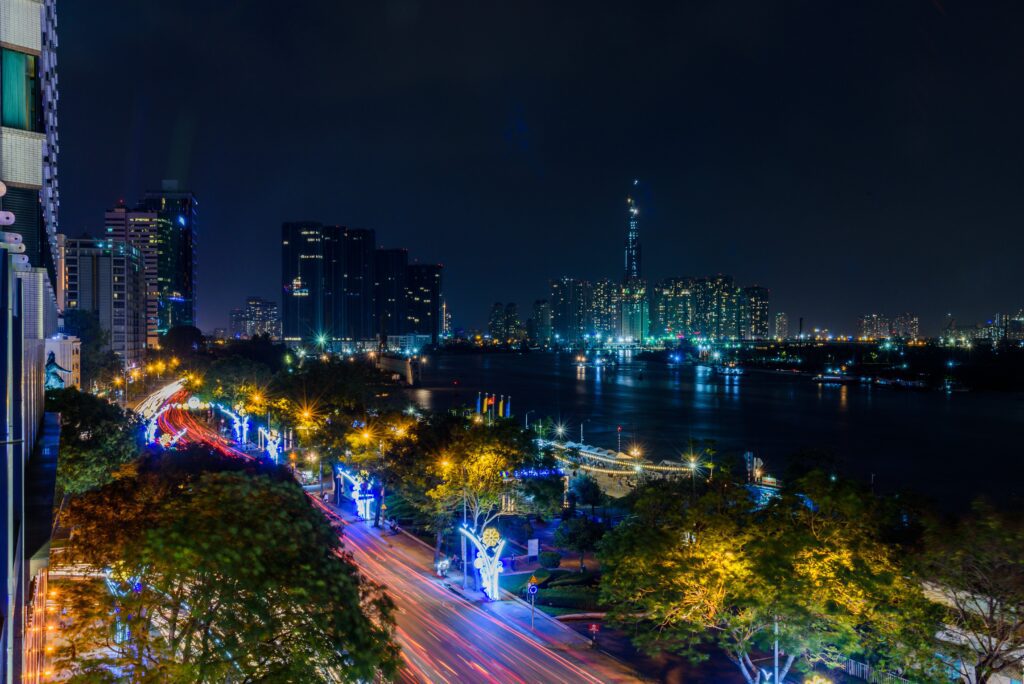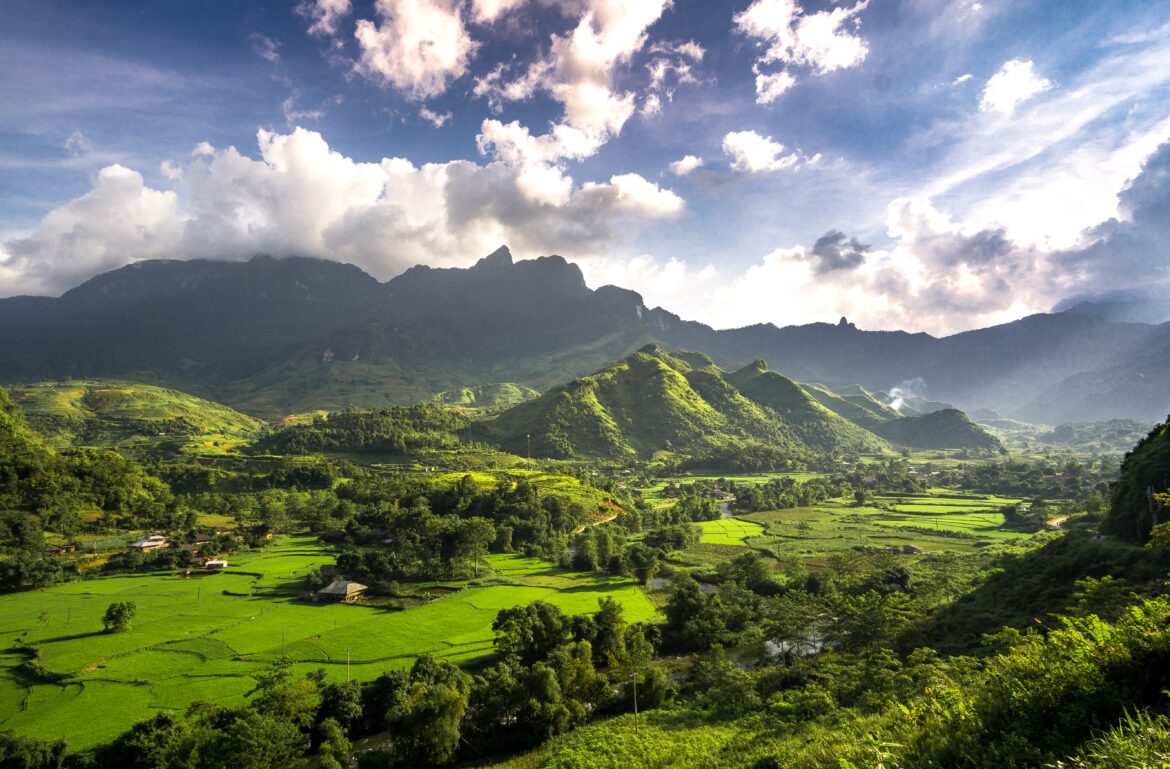Vietnam is a beautiful blend of natural beauty and cultural diversity.
A visit to Vietnam has been filled with history thanks to its long record and multicultural population, which includes more than 50 ethnic minority groups. The landscape consists of beautiful paddy fields painted in every shade of green possible, down to rugged peaks seen from winding mountain passes.
The stunning karst seascape of Halong Bay, Vietnam’s most well-known natural tourism destination, is one natural spectacle that even the most uninterested person may see up close aboard a boat. In the many national parks, where hiking, biking, and kayaking are common sports, outdoor enthusiasts can sink their fangs into the landscape.
The big cities bustle with recent activity and offer plenty of opportunities to bite into Vietnam’s delectable culinary delights, while the rural parts are filled with magnificent landscapes.
This intriguing nation is one of Southeast Asia’s most overlooked travel destinations and is full of surprises. Our top Vietnam tourist destinations list might help you organize your sightseeing.

- Halong Bay
UNESCO has designated Halong Bay’s karst seascape as a World Heritage Site, making it one of the finest places to visit for breathtaking sea views. Thousands of limestone islands are located within this bay in the Gulf of Tonkin. Over the ages, wind and sea erosion transformed these islands into sharp pinnacles.
It is an excellent cruising ground because a boat is the most significant way to view the beauties of the bay. A day journey to Halong Bay won’t do it credit; instead, choose at least an overnight excursion to experience its spectacular views.
In the bay, numerous caves may be explored, such as the Hang Sung Sot, which has three enormous caverns, and the Hang Dao Go, which has incredibly bizarre crystals and rock formations. The best part, though, for most people, is simply driving through the karsts and admiring the pinnacles as you pass by, which change as the landscape changes.

2. Cu Chi Tunnels
Over 250 kilometers, the Cu Chi Tunnels were a vast network that gave the Viet Cong (VC) forces access to the Ho Chi Minh City region and allowed them to operate and communicate there. Not simply those curious about Vietnam’s recent war history will find it to be an exciting experience.
Two brief sections of the network can be explored with a guide who will lead you into the cramped, dark spaces; however, people living with claustrophobia should avoid these areas at all costs. At times, you will practically be on your hands and knees. Ben Dinh village, the more popular option, and Ben Duoc village offer tunnel access.
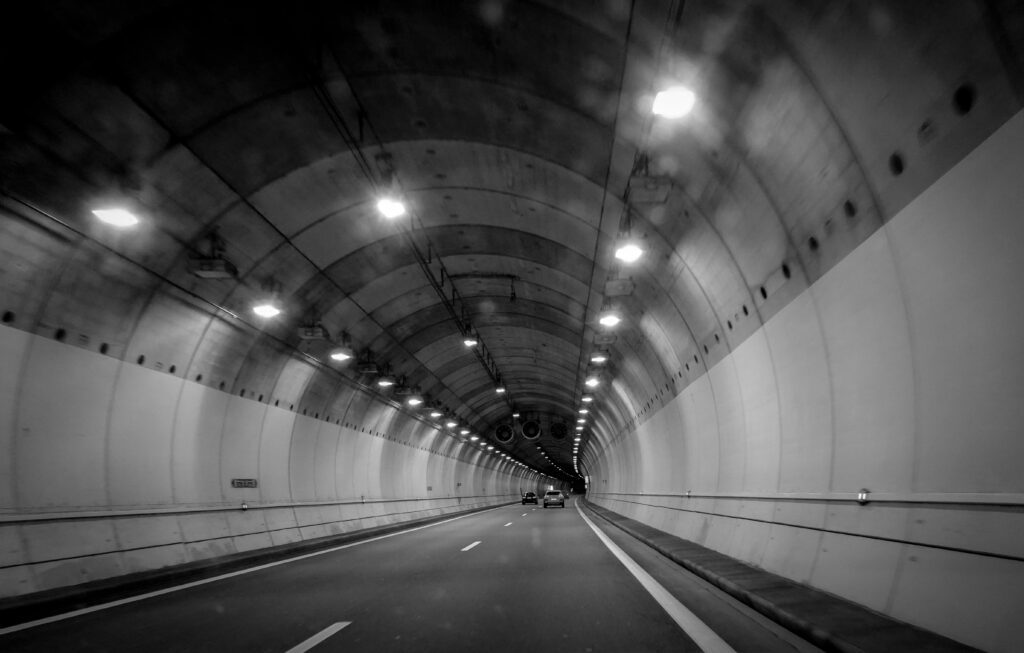
3. Nha Trang
Vietnam’s Nha Trang is the place to go for beach fun. In the summer, local families on vacation and foreign tourists throng the well-kept beach, stretching six kilometers along the shoreline of the heart of Nha Trang city.
With dedicated swimming sections and well-kept lounge spaces, this location offers excellent swimming and is a perfect choice for leisurely days spent reclining in the sun and sand.
Across the Xom Bong Bridge, close to the north, is the historic Po Nagar Cham Towers, which have been used as a place of prayer from at least the 7th century if you are tired of sunbathing.
There is also a fantastic museum devoted to the work of Alexandre Yersin, who identified the reason for the bubonic plague and established the Pasteur Institute in Nha Trang (which still carries out vaccination programs in Vietnam today).

4. Hanoi
The capital of Vietnam is a city that confuses visitors as much as it delights them. It is the fast-paced beating heart of the country.
Hanoi is the place to go if you want to experience Vietnamese city life, yet some tourists find the city’s motorbike frenzy, smog, and continual noise of street merchants too much.
History buffs should visit the abundance of top-notch museums, but the old town center also offers plenty of decaying charm. The Vietnam Museum of Ethnology and the Vietnam Fine Art Museum are excellent introductions to the country’s varied artistic output. The Ho Chi Minh Mausoleum is a significant memorial to the country’s founding father and the father of modern Vietnam.
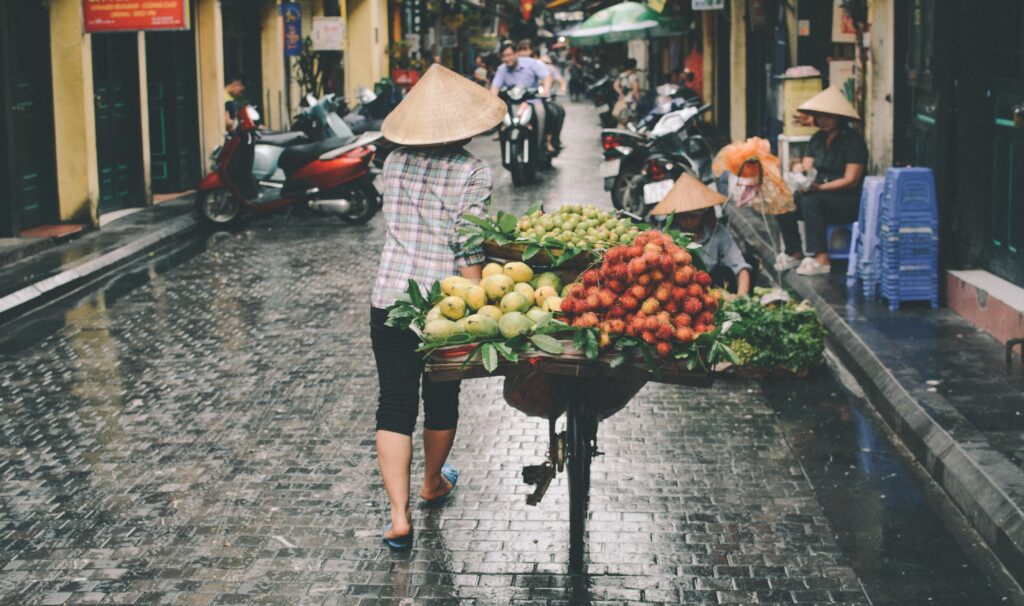
5. Sapa Countryside
Vietnam’s most picturesque agricultural scenes may be found in the region surrounding Sapa, surrounded by verdant rice fields and the Hoang Lien Mountains, sometimes known as the Tonkinese Alps due to their French colonial era naming convention.
The Hmong, Giay, and Red Dzao people live in the deep valleys of this region, which is also home to a variety of other ethnic minorities from the nation. Fansipan Mountain, the highest peak in the country, watches over the rolling hills terraced with rice fields.
It is the best hiking area in Vietnam, with many opportunities to trek or day hike between little villages and takes in the breathtaking mountain vistas. The main base is Sapa itself, a former hill station that is today a bustling tourist hub constantly expanding and stands in stark contrast to the luxuriously peaceful landscape right outside its door.
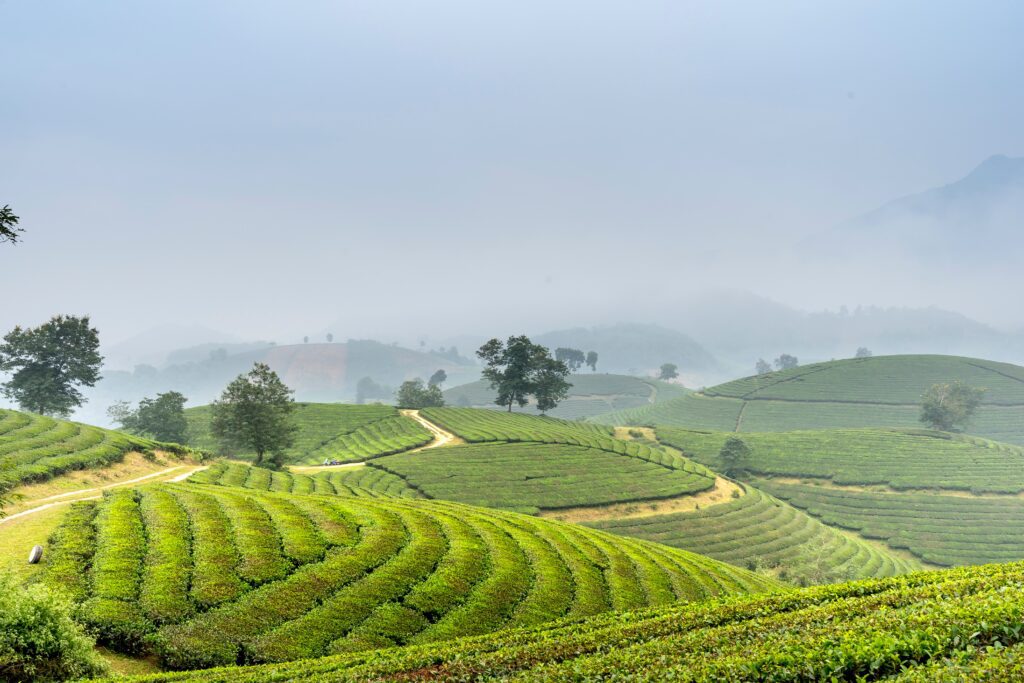
6. Hoi An
The most atmospheric city in Vietnam is the lovely Hoi An, which boasts an abundance of antique buildings still standing. Since it is crowded with well-preserved merchant buildings from Hoi An’s commercial center heyday in the 15th century, when the town was an important meeting site for Japanese and Chinese merchants who throng here for the local silks, the old town portion is a delight to explore.
You can sense these times because many ancient merchant houses have been made available to the public. The best has to be Tan Ky’s residence from the 17th century, which has extraordinary architectural and ornamental components.
The charming Japanese Bridge, located at the western end of Tran Phu Street, serves as Hoi An’s most iconic landmark, and the Assembly Hall of the Fujian Chinese Congregation, which is located close by, is the temple in the old town with the most elaborate decorations.
Hoi An has a lot of little pagodas and museums scattered throughout, but the best way to experience its appeal is to stroll around the small alleyways of the old town and take in its beautifully preserved facades.
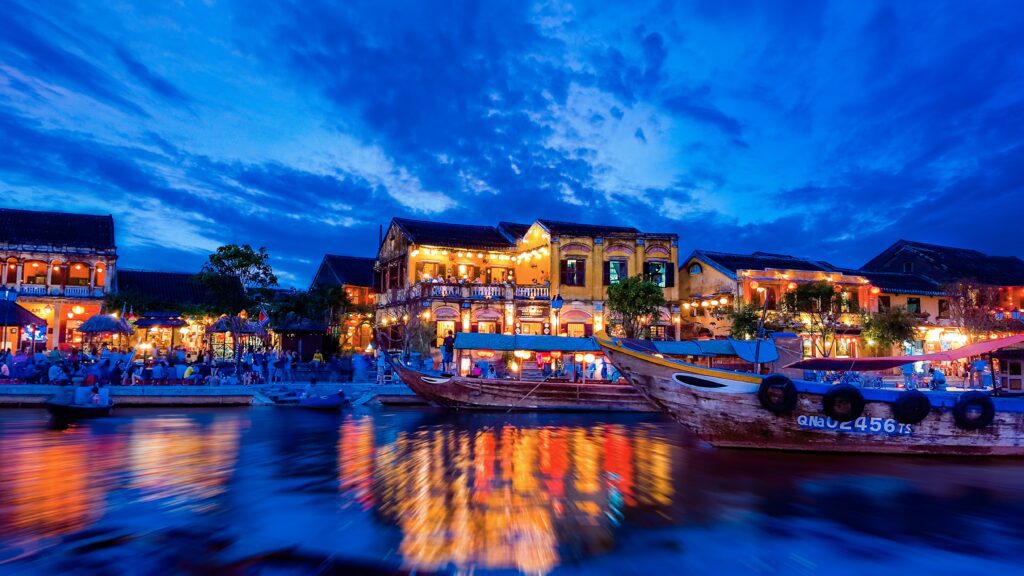
7. My Son
My Son is a 4th-century temple city from the Cham era that is surrounded by thick jungle-covered mountains. From the 7th to the 10th centuries, this ancient Hindu temple was still actively used; in the 13th century, it ultimately declined and was abandoned.
There are over 20 temple buildings that are still surviving in this area. They are all made of brick or sandstone blocks and exhibit intriguing influences from many Asian civilizations, including the Indian and Malay.
There is a good museum on-site with a wealth of information about the Cham. It should be noted that Group B has the oldest temples. In contrast, Group A previously had the most significant structure at the site but was purposefully demolished by US soldiers during the Vietnam War.
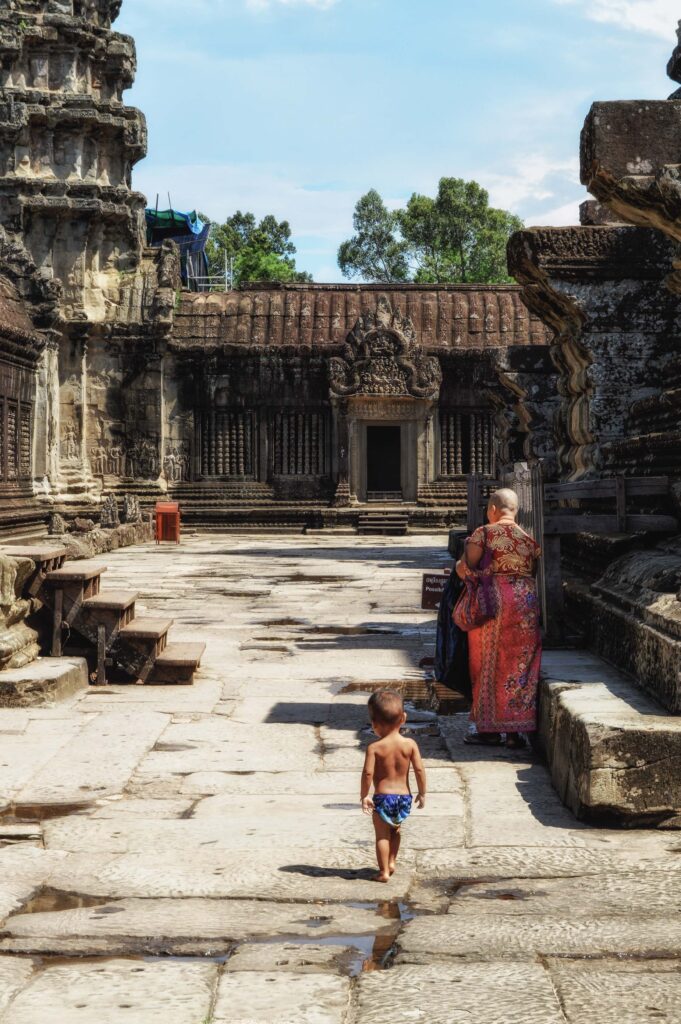
8. Phong Nha-Ke Bang National Park
One of the best sites to go caving in Vietnam is the Phong Nha-Ke Bang National Park, which is on the World Heritage List. It is a beautiful karst mountain structure that is honeycombed with large caves that are home to fantastic stalactite and stalagmite displays. The Paradise Cave, which stretches an astounding 31 kilometers below ground, is the most prominent location within the park. There are some pretty fantastic caverns here. Swimming through the River that runs through the cave system at Tu Lan Cave is possible because it is a “wet cave.”
The Phong Nha Caves are the second most well-liked tour; a boat is used to explore the inside. Son Trach is the starting point for a Phong Nha-Ke Bang National Park trip.
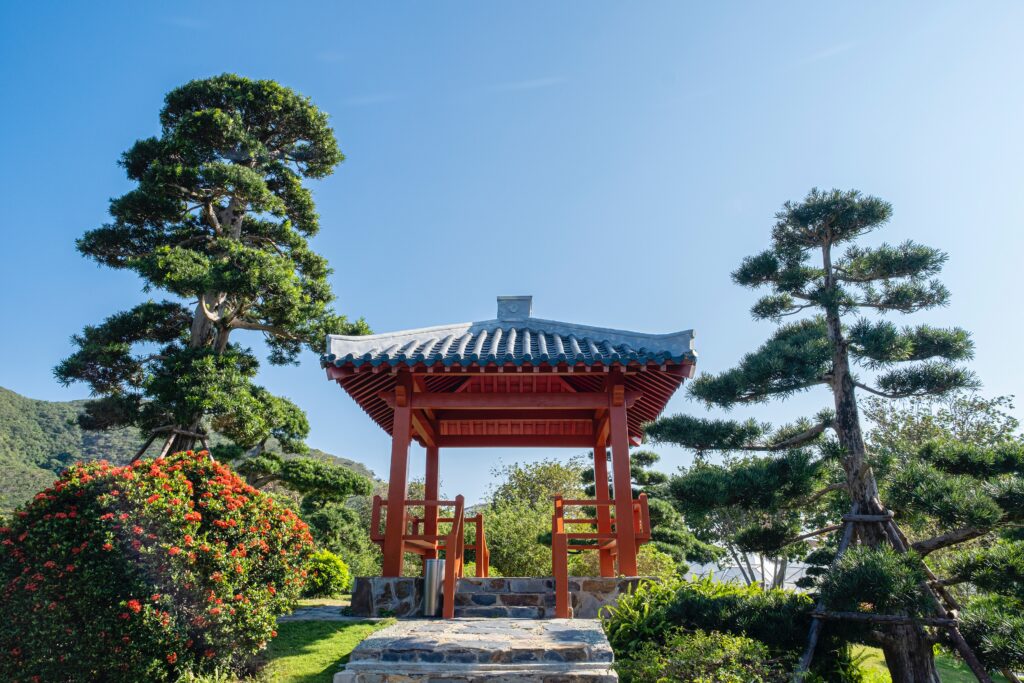
9. Hue
The 19th-century Nguyen rulers left behind a wealth of antiquities, and Hue, one of Vietnam’s most ancient cities, is no exception. The Imperial Enclosure is a vast area surrounded by walls that stretch for 2.5 kilometers, situated along the banks of the stunning Perfume River.
The majestic Ngo Mon Gate, the Thai Hoa Palace with its wonderfully lacquered interior features, the Dien Tho Residence, where the Queen Mothers lived, and the Halls of Mandarins with their surviving ceiling murals can all be seen while strolling around the grounds. Outside the boundaries of the Imperial Enclosure are also a bewildering array of historical sites.
A riverboat ride on the Perfume River is one of the most pleasant methods to see several distant locations. Several royal tombs and some pagodas can be seen during a day sail.
If you have a short amount of time, the Mausoleum of Tu Doc is the best tomb to see, and the Thien Mu Pagoda, with its tower that rises 21 meters above the ground, is the most significant nearby.
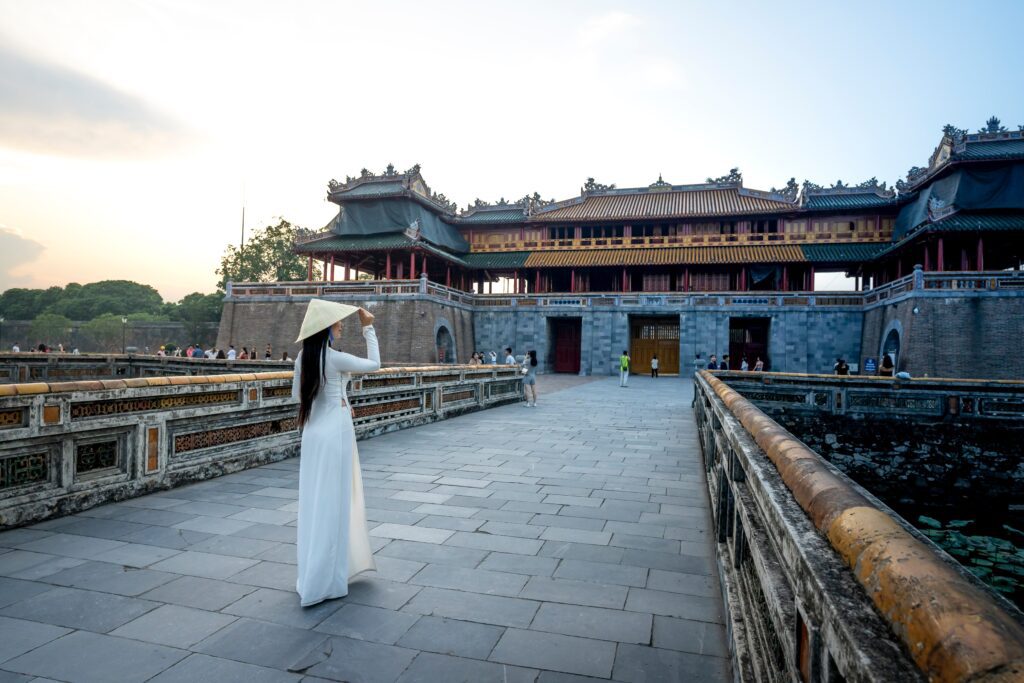
10. Ho Chi Minh City
For those who prefer big cities, a vacation to Vietnam wouldn’t be complete without visiting Ho Chi Minh City, the vibrant capital and the country’s economic hub.
There is a wide variety in the restaurant and café scene, the streets are incredibly jam-packed with vehicles and motorcycles, and the shopping is some of the best in the country. The majority of the city’s attractions are gathered in Dong Khoi, the district’s central sector, which is condensed.
The impressive Notre Dame Cathedral, constructed in the late 19th century, can be found here, along with the HCMC Museum, which houses an excellent collection of objects that tell the city’s history.
